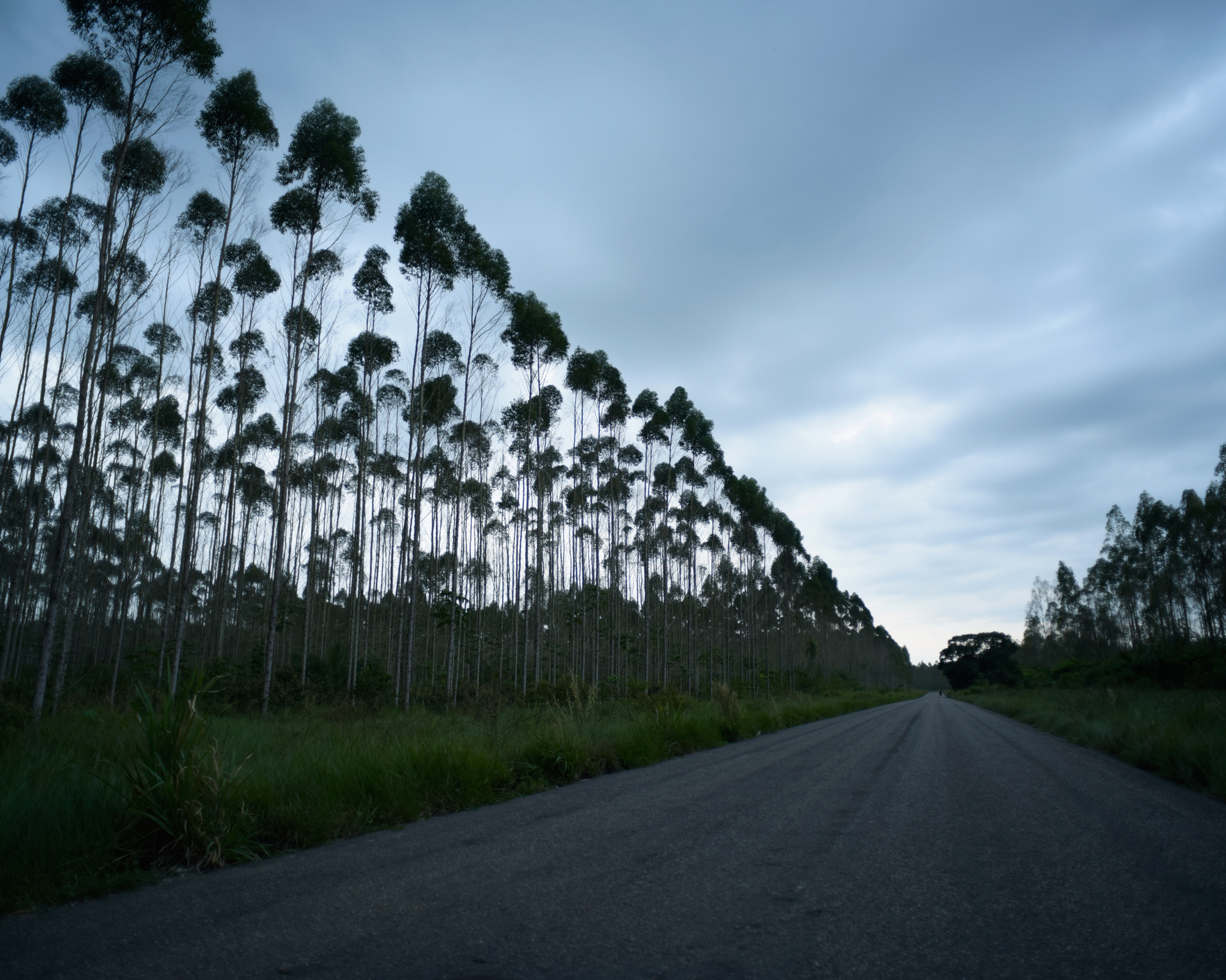Provide an implicit benefit for forest conservation in the forestry sector - processing timber does not imply a negative impact
The forestry sector is very attractive to long-term investors. To achieve success, it is important to lower credit and access to creditors.
To have a broader portfolio of investors, which will allow us to continue growing the business while continuing to conserve Mexico's forests.
In 2018, we incorporated approximately 600 new effective hectares of land, all in the area of Huimanguillo, Tabasco, and we harvested and released more than 1,500 hectares, of which we selected strategic hectares and began the second rotation on these same lands with the Proteak standard.
Likewise, we continued to support the association program with small landowners initiated in 2015, which was a success and allowed us to reach more than 800 accumulated hectares incorporated under this scheme in the 2018 fiscal year.
- Implement commitments and standards for environmentally responsible operation and production.
- Defined and proven business plan
- Investor profile sensitized to the issue of sustainability and its value.
- Certifications in the lands where we work; Forest Stewardship Council®; CARB 2, which establishes low formaldehyde emission standards in materials such as plywood, particleboard and MDF, to avoid health damage when working with any of these materials; Verified Carbon Standard, among others.
Focus on sustainability within the business model in order to have
Access to Development Agencies, corporate arms of the agencies or investors looking to "green their portfolio".
High level of commitment to access this type of business gives you a higher added value (competitiveness).
To implement a business of this type and work with a strong commitment to sustainability and environmental care, it is important to understand the market and its needs, understand the national and international competition.
In addition, you must have an integral vision that allows you to visualize the environmental and social impacts.
environmental and social impacts.
